A review of the state of the art from 2014 to 2019.
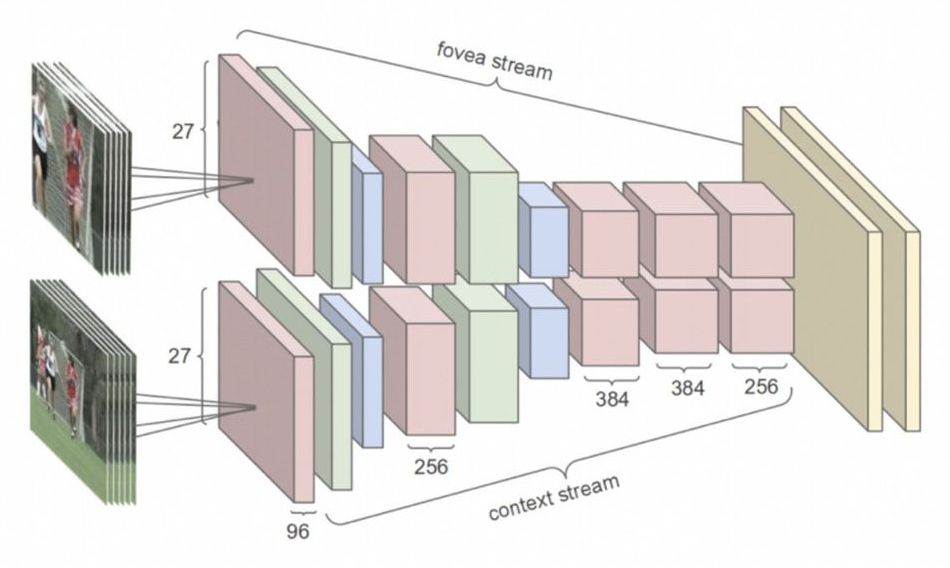

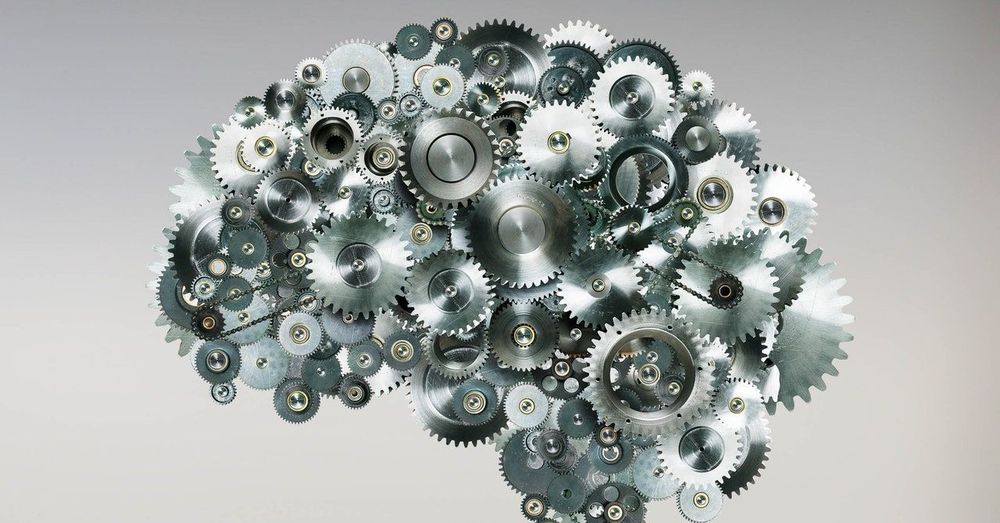

The new module’s big advantage is that it has its own processor and memory built in, which allows it to analyze video using AI tech like Microsoft’s Azure, but in a self-contained system that’s faster, simpler and more secure to operate than existing methods.
Sony Corp. and Microsoft Corp. have partnered to embed artificial intelligence capabilities into the Japanese company’s latest imaging chip, a big boost for a camera product the electronics giant describes as a world-first for commercial customers.
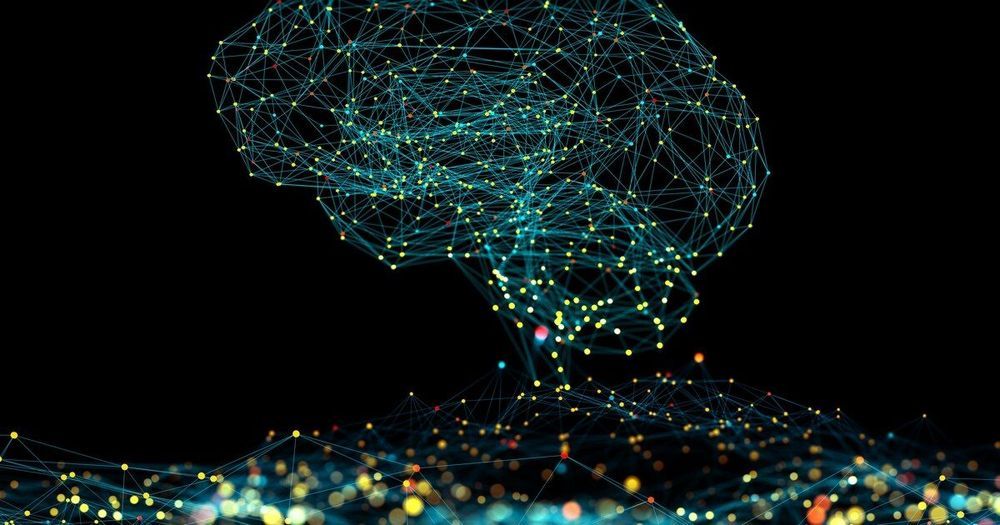
The contracting giant will provide the JAIC with “data labeling, data management, data conditioning, AI product development, and the transition of AI products into new and existing fielded programs,” according to the GSA news release.
“The delivered AI products will leverage the power of DoD data to enable a transformational shift across the Department that will give the U.S. a definitive information advantage to prepare for future warfare operations,” the release said.
The contract will support the JAIC’s new joint warfighting mission initiative, launched earlier this year. The initiative includes “Joint All-Domain Command and Control; autonomous ground reconnaissance and surveillance; accelerated sensor-to-shooter timelines; operations center workflows; and deliberate and dynamic targeting solutions,” said JAIC spokesperson Arlo Abrahamson told C4ISRNET in January.
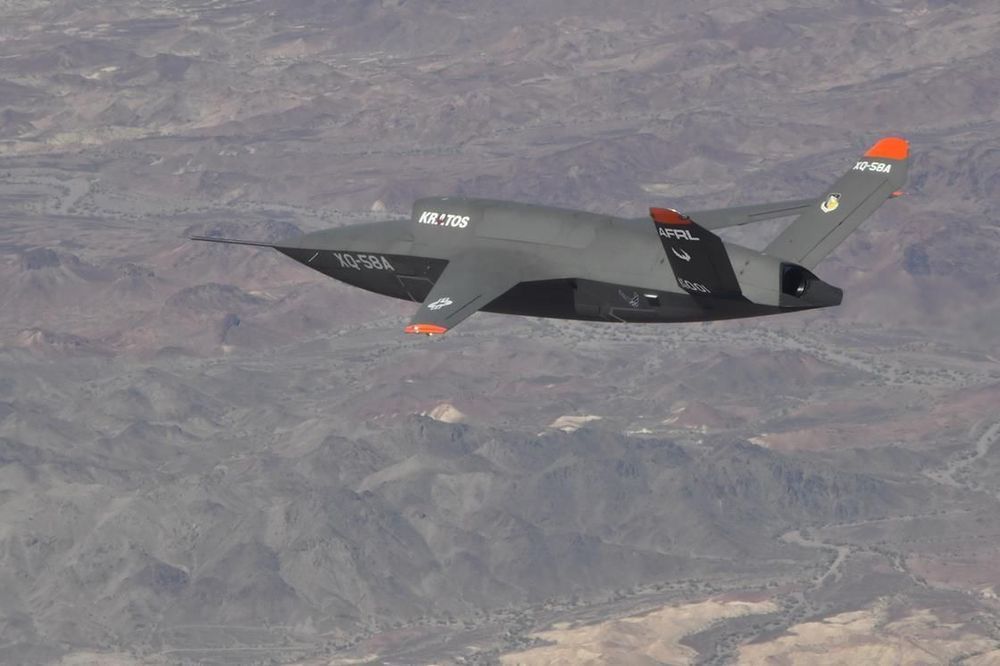
The US Air Force (USAF) has launched a competition to design the artificially intelligent software, called Skyborg, that would control its planned fleet of loyal wingman unmanned air vehicles (UAV).
The service intends to grant indefinite delivery/indefinite quantity contracts worth $400 million per awardee to develop the software and related hardware, it says in a request for proposals released on 15 May. The USAF is looking for technical and cost proposals from companies by 15 June 2020 and intends to award multiple companies contracts, though it may award just one contract or no contracts, based on proposals.
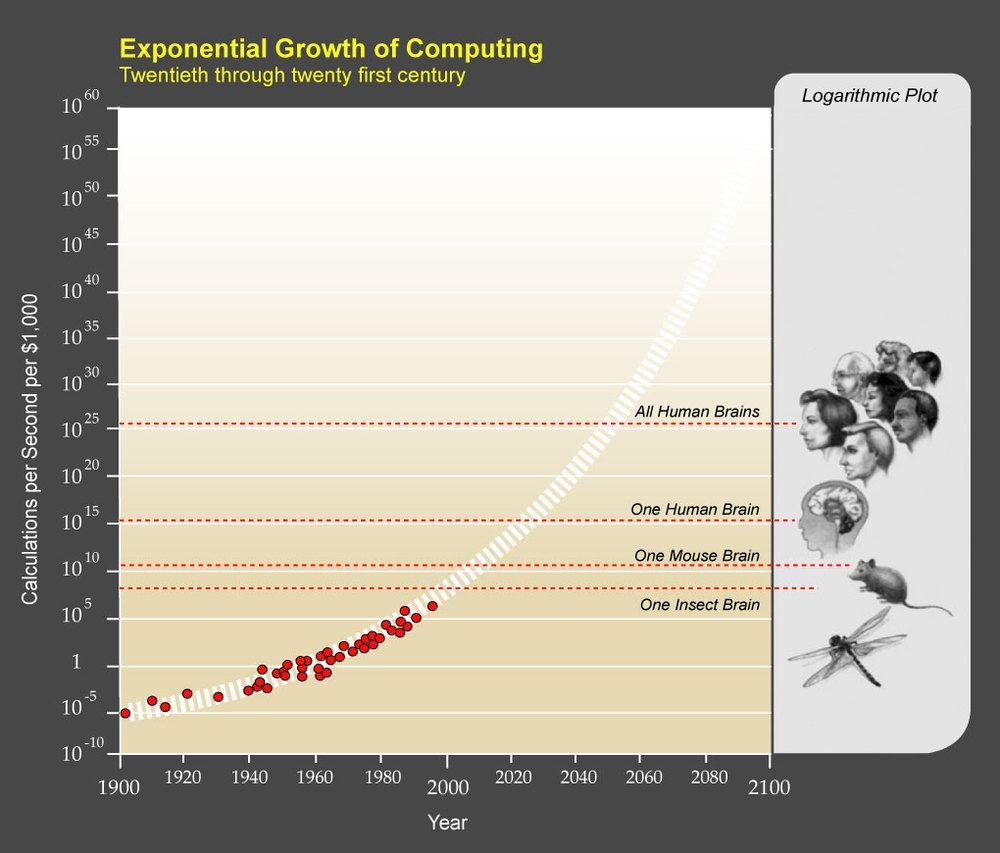
Circa 2010 what someday we could use crispr to develop a biology singularity to find the epigenetics to evolve at lightning speed.
If you’re a sci-fi reader, you are probably familiar with the idea of the “technological singularity”. For the uninitiated, the Singularity is the idea that computational power is increasing so rapidly that soon there will be genuine artificial intelligence that will far surpass humans. Essentially, once you have smarter-than-human computers, they will drive their own advancement and we will no longer be able to comprehend the technology.
We can debate whether the singularity will or will not happen, and what the consequences might be, for a long time, but that’s not the point of this post. This post was inspired by the final chapter in Denialism by Michael Specter. In that chapter, Specter talks about the rapid advancement in biotechnology. Specifically, he points to the rapid increase in computational power and the resulting rapid increase in the speed of genome processing.
You might like this interview I did with futurist writer Nikola Danaylov, who runs the Singularity Weblog and wrote ‘Conversations with the Future: 21 Visions for the 21st century’, on how advances in AI could utterly transform human society and the health of the global transhumanist movement.
I’m trying to grow my futurism YouTube channel (transhumanism, AI, space colonisation etr) so if this is of interest to you I’d be very grateful for any subscribers.
https://www.youtube.com/channel/UCnVLqMgLDwO-aSk5YcYo1dA…
I interview Nikola Danaylov (@singularityblog), founder of the Singularity Weblog and author of Conversations with the Future: 21 Visions for the 21st Century. We discuss advances in AI, the singularity, whether western political leaders appreciate how fast technology is evolving and the global transhumanist movement.
You can buy Danaylov’s book here: https://www.amazon.com/gp/product/B01N4QF7GU/ref=as_li_qf_sp…5f50cf0e90
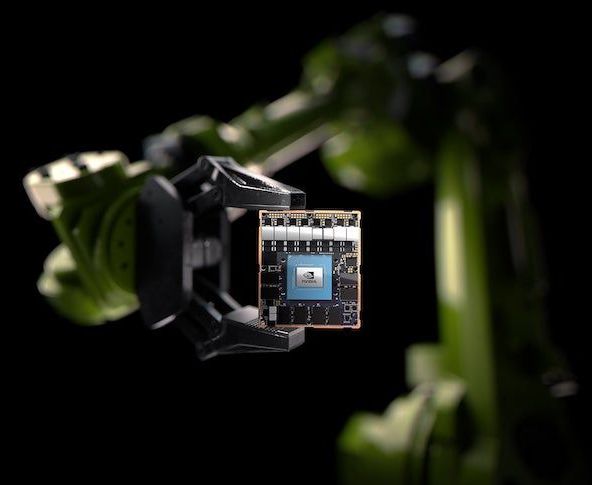
Sony is bringing machine intelligence to its image sensors. The electronics and entertainment giant announced this week a sensor that applies artificial intelligence while processing imagery without the need for extrema hardware or assistance.
Players in the photography industry have been focusing on increasingly greater numbers of pixels for ever-sharper enlargement and reproduction capabilities and on increasingly compressed devices for lighter weight and greater portability.
But Sony’s new IMX500 sensor is the first to improve efficiency though AI implementation.
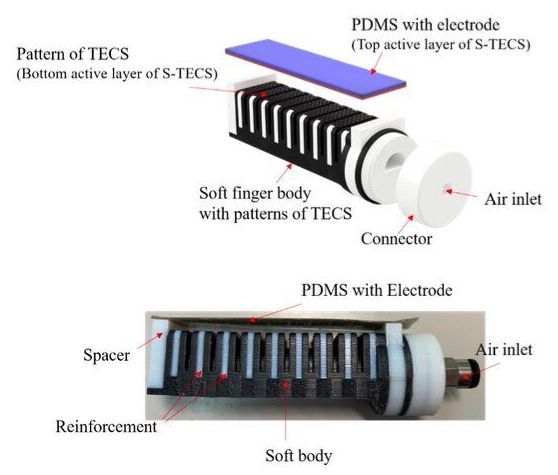
Researchers at Zhejiang University of Technology, Tianjin University, Nanjing Institute of Technology and Ritsumeikan University have recently created a soft robotic finger that integrates a self-powered curvature sensor using multi-material 3D printing technology. The new robotic finger, presented in a paper published in Elsevier’s Nano Energy journal, is made of several materials, including a stretchable electrode, polydimethylsiloxane (PDMS), AgilusBlack, VeroWhite and FLX9060.
“Soft robots have the potential to bridge the gap between machines and humans, but it is important for them to ensure a safe interaction between humans, objects and the environment,” Mengying Xie, co-author of the paper, told TechXplore. “Embedded soft sensors are critical for the development of controllable soft robots that can fulfill their full potential in practical applications.”
In their previous research, part of the research team working at Ritsumeikan University developed a fully multi-material 3D printed gripper with variable stiffness that could achieve robust grasping of objects. In this new study, Xie, Zhu and their colleagues drew inspiration from this previous work and set out to create a 3D-printed soft finger with sensing capabilities that could monitor its bending movements.